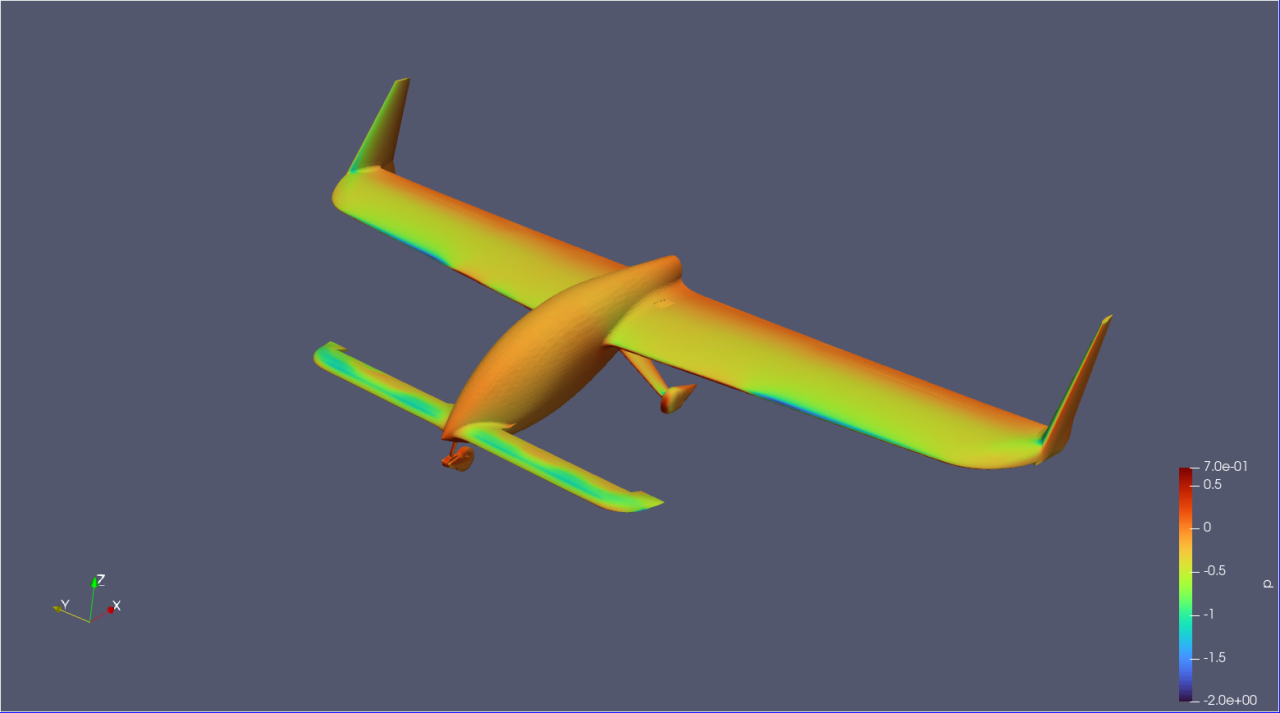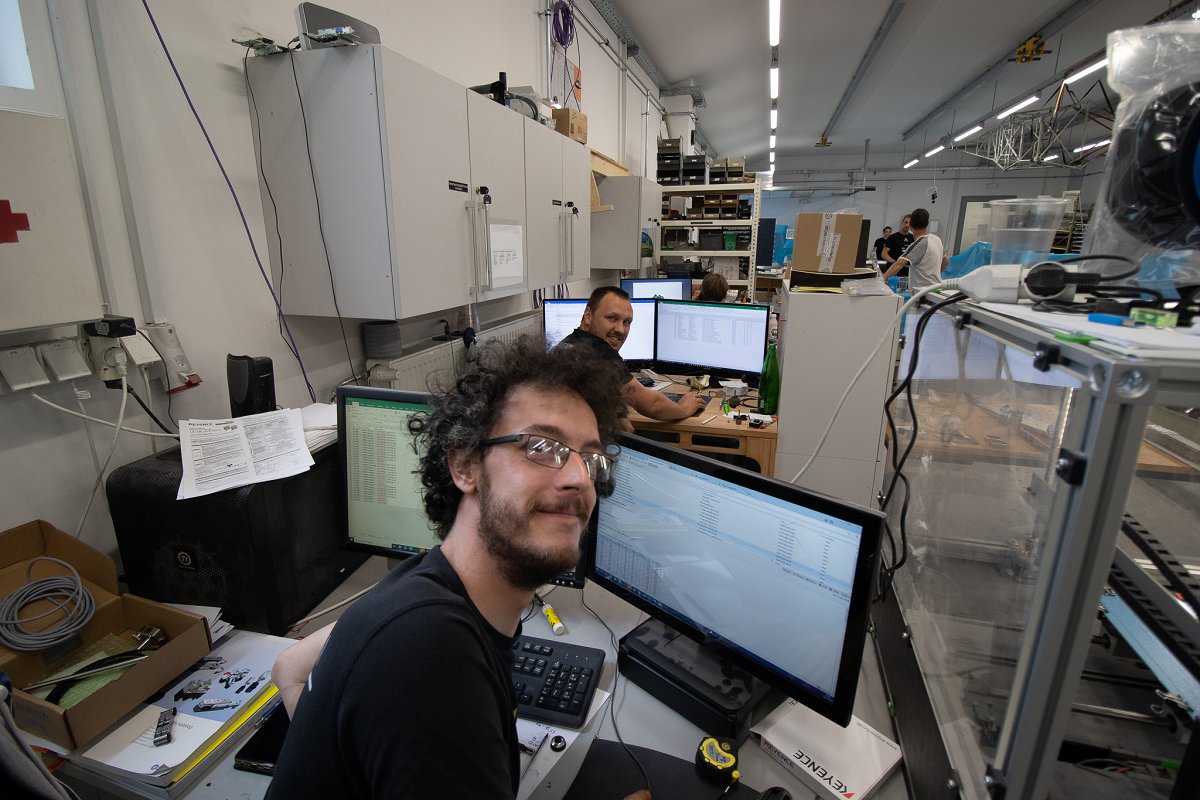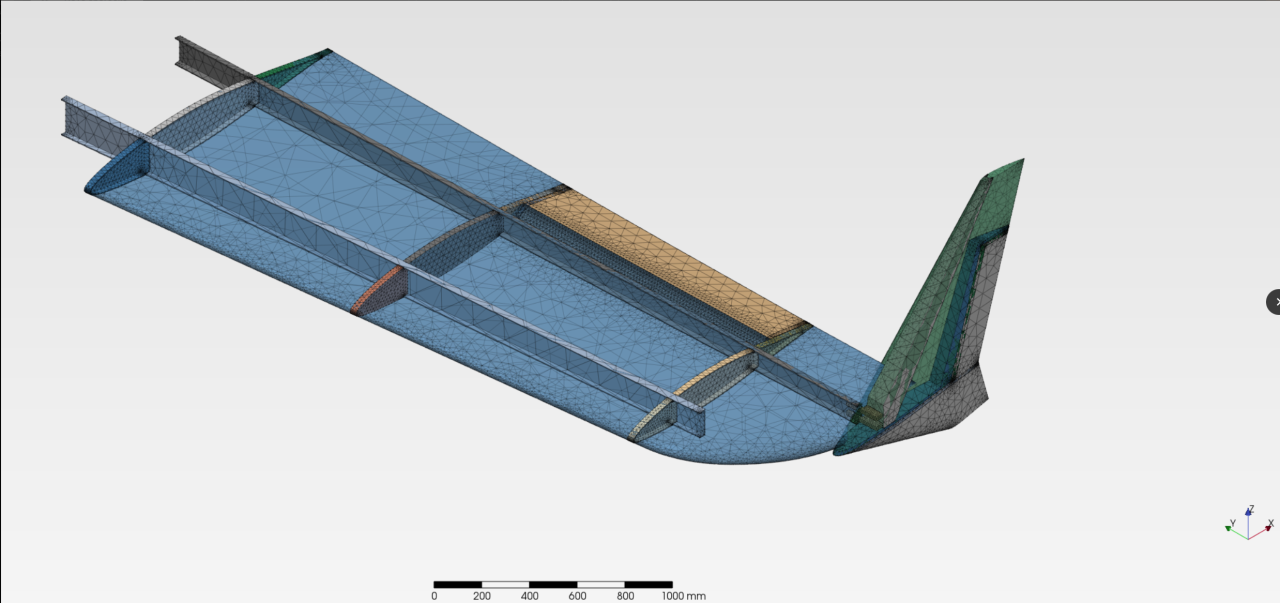Accelerated Structural Design of Sustainable Aviation Projects
Aircraft design is undergoing a revolution with the introduction of electric and hydrogen powertrains. New propulsion enables innovative aircraft configurations. Innovative aircraft shapes require innovative internal load-carrying structures and structural engineers will benefit from our tool that will allow them to explore a broader range of different structural configurations early in the design process to determine which one is the best before focusing on optimizing it.
SECTOR: Manufacturing, Aeronautics
TECHNOLOGY USED: HPC, CFD Simulations, FEM Simulations
COUNTRY: Slovenia
The challenge
The electrification of the powertrain will lead to changes in the airflow control around the aircraft and also interact with flight controls. Sustainable electrically powered aircraft will look significantly different than today’s aircraft.
If the skin of the aircraft - fuselage, wings and other flying surfaces - is currently undergoing significant changes, it means that also the structural frame - the bones - requires novel approaches. Frames, bulkheads, longerons, spars and skins require novel architecture to match the requirements of the new outer shapes.
The business opportunity to provide early structural analysis for these innovative vehicles was identified by AFormX and ElevonX to be addressed by the FF4EuroHPC experiment. The goal was to provide green aviation start-ups with better conceptual structural design, be they OEMs like ElevonX or Tier One suppliers such as AFormX.
The solution
The solution is an HPC-based workflow that will be offered as a service to the aviation market. The workflow will be used by both OEMs and service providers.
The experiment leverages HPC to try out several design iterations early in the process to explore a wider design space. Thus, it provides a more optimal structural solution in terms of mass and is also a tool to minimize the risk of trying innovative structural concepts. The resulting workflow makes sure that the novel aircraft will eventually be able to be built.
The workflow starts with a concept of an outside shape of the aircraft in a Computer-Aided-Design software. Next, large structural members like main spars, frames and longerons are added to the sketch. Several very divergent concepts are designed.
These members are then subjected to an FEM analysis using aerodynamic loads (from CFD), point loads (e.g. landing loads) and inertial loads as boundary conditions.
The result is a cumulative overview of tensions for every load case. To make reviewing the results easier, the end value function is represented in a single image.
The use of HPC is crucial since it is what enables quickly iterating complex structures and therefore efficiently exploring a much wider design space compared to a classic desktop computer. The tool enables a good understanding of how a version of the architecture behaves typically in 20 hours of computing effort using 128 processors.
Business impact, Social impact, Environmental impact
The business impact for the SMEs AFormX and ElevonX is positive, increasing the level of their services and products. AFormX got into contact with many interested OEMs and already received tentative orders exceeding €200,000.
The benefit for the OEM using the design tool scales in orders of magnitude: €1,000–€10,000–€100,000. €1,000 is the cost for core hours. €10,000 will be the market price of the service. And €100,000 is the resulting cost saving for the OEM in the production run calculated per one unit (one aircraft). Lower cost results from better and more elegant architecture, reducing the material used and the build and assembly time. A lighter structure also creates a positive weight reduction spiral leading to less wing area, less drag, less power and lighter batteries.
Moreover, this experiment is proof that smaller SMEs can adopt the use of HPC in their processes and that HPC computing hours are affordable.
The workflow directly supports the green transition in aerospace, helping to design more efficient and cleaner aircraft and accelerating the electrification of aviation.
Benefits
- Tentative orders for using the design tool as a service in the next two years at the present time exceed €200,000.
- AFormX, as the domain expert, interacted with seven new OEMs in the field of sustainable aviation and deepened relationships with two existing OEM partners.
- Entry into the HPC aerospace field for the University of Maribor.
Organizations
End-user: ElevonX
HPC Expert: University of Maribor
Domain Expert: AFormX
Partner University of Maribor is part of the Slovenian NCC.
Success Story video




